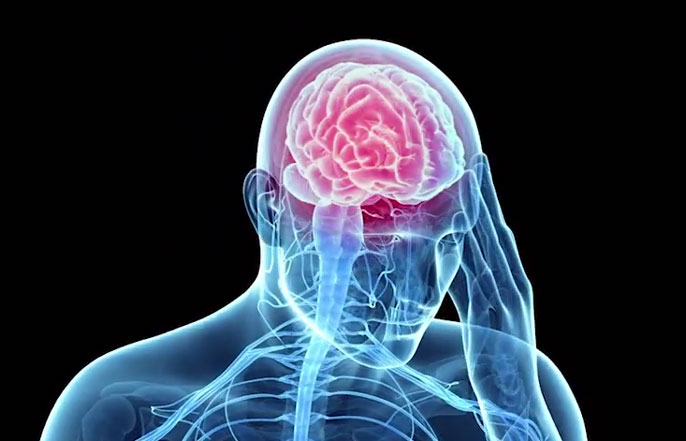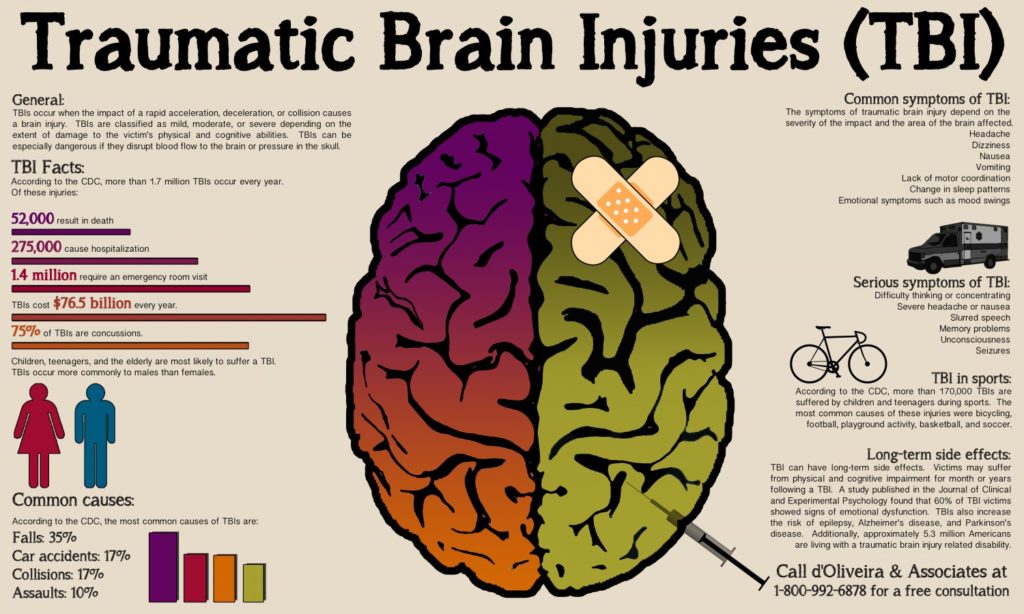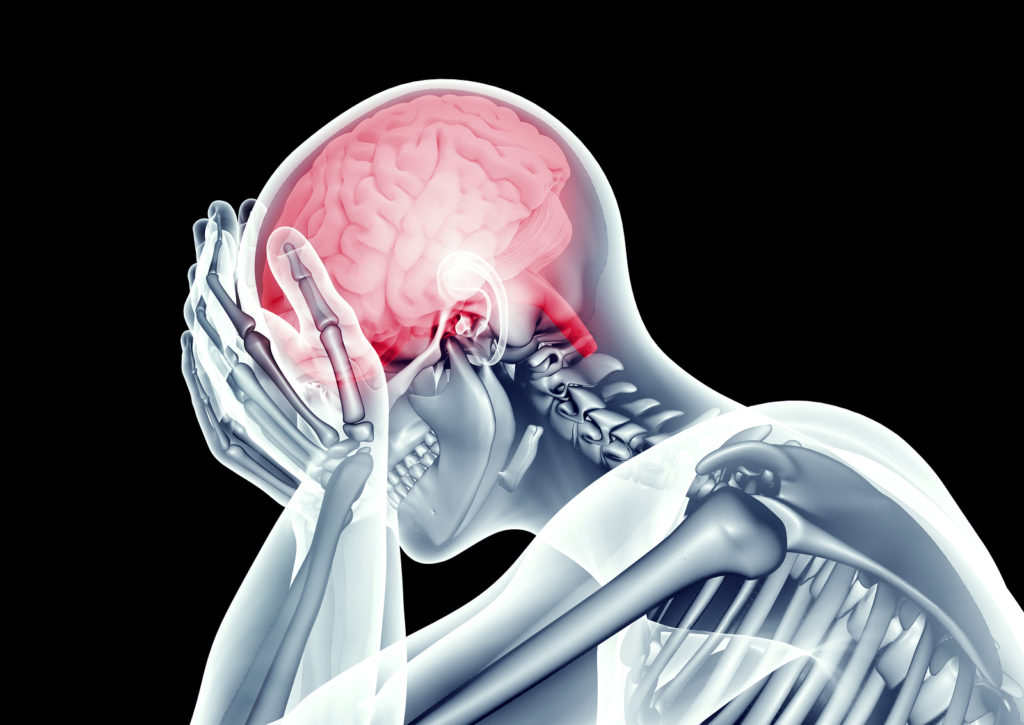
I wrote this during my Special Education Credential work in 2014. Although it’s a few years old now, the practice and methodology for how educators need to work with TBI patients has gone unchanged.
SIGNATURE ASSIGNMENT – EVIDENCED BASED PRACTICES
Traumatic Brain Injury (TBI) can be the source of many frustrations for students who return to school after suffering an injury. For the most part a student acquires this condition after a car accident, a sports injury, a fall or a variety of other events. Usually, a student will miss school due to a long recovery in the hospital or at home or both. Therefore, a transition back to campus can be a difficult transition.
Students with TBI usually have problems with reasoning and problem solving. Their brain has undergone a significant, traumatic injury that effects how they now use it. Often times, these students will have difficulty with the very first step of problem solving: recognizing when there is a problem (Cognitive Problems After Traumatic Brain Injury 2014). So, these students, right off the bat have a difficult time analyzing what needs to be done, how it needs to be done, and when it needs to be done. They will usually have a difficult time in deciding the best solution, and fail to even consider any other options (Cognitive Problems After Traumatic Brain Injury 2014).
Cognitive abilities deteriorate for students with TBI. Cognition, the act of knowing or thinking, includes the ability to choose, understand, remember and use information (Cognitive Problems After Traumatic Brain Injury 2014). Therefore, Special Education educators have to think critically about how to best help these students and their cognitive skills as they relate to reasoning. TBI students need to learn how to work through these cognitive issues with concrete, step by step procedures. They need a proven strategy and method by which to use to help with their reasoning.
Students with TBI should be provided with systematic instruction that will help them with their cognitive functioning. This will lead them to sharpening their problem solving and decision-making skills once again (Turnbull 2013). Many students are able to work their way back to what would be considered “normal” cognitive reasoning; that is to say that they go back to how they were before. There are three specific steps that students with TBI who are returning to the classroom need: problem identification, problem definition and solution generation (Turnbull 2013).
It is very important to use evidenced-based strategies in order to intervene to help kids who are recovering with TBI. A great intervention to help students with TBI to a full recovery of their reasoning skills is through a metacognitive training approach. This type of intervention will help aid students towards relearning and learning proper reasoning skills. I found an intervention research project done in this exact area. The study examined: paying attention, remembering and organizing, defining the problem and gathering information, goal setting, planning, representing the problem, and monitoring (Chan & Fong 2011).
For this study that I researched, they put an emphasis on the application of metacognitive principles using four training meta-components with the students. The four components used for this study were: defining the problem, representing the problem, planning and monitoring the method (Chan & Fong 2011). Metacomponents is a big word. Metacomponents can best be defined as “higher order control processes of self management that are used for planning how a problem should be solved, deciding on which strategy should be used during problem solving and monitoring the success of one’s problem solving (Chan & Fong 2011).” So, researchers focused specifically on these four components within metacognitive knowledge. The reason this area is so important is because many students with TBI tend to overestimate their ability to learn (Chan & Fong 2011).
The goal for this in depth study was to figure out if the explicit training of problem solving skills based on the metacognition did in fact help in the area of problem solving. (Chan & Fong 2011). Would specific problem solving skills help these students in other area of their life and rehabilitation?
The results were just what they expected. The students not only performed much better with their reasoning skills and metacomponential functioning but also thought much higher of their own abilities in real life: at home and with friends in social environments (Chan & Fong 2011). This intervention led to improvements in individual goal-directed functional behavior as well. This means that their training program in regards to real life problem-solving skills also helped them with their own individual problem solving behavior (Chan & Fong 2011). They got better at solving problems on their own.
Students with TBI have a difficult time in identifying problems when completing their homework and classwork. This can be attributed to deficits with their processing of information. Some with TBI suffer from “information overload.” They have a hard time deciphering exactly what the task at hand is. The findings of this study supported that a great intervention with TBI students is to have them restate the problem or assignment in clearer terms by using a systematic way which uses a structured approach. Using a “means to an end” analysis will help these students because it breaks down the problem in to smaller problems to solve. This study taught the children how to use mind maps to remove obstacles to completing the goals. The findings of this study have found that an effective way to helping students with TBI is to understand the problem by “visualizing, structuring, connecting and classifying relevant ideas during the problem-representation process before executing a plan (Chan & Fong 2011).”
One can make the assumption from this intervention research that the best method for helping students with TBI to refocus their reasoning skills is by simply dividing up the method by which students approach problem solving. As stated earlier, using the three specific steps (problem identification, problem definition and solution generation) will help students focus on the job before they become overwhelmed by it.
Chris Fore has his Masters degree in Athletic Administration, is a Certified Athletic Administrator and serves as an Adjunct Professor in the M.S. Physical Education – Sports Management program at Azusa Pacific University. He was recently appointed as the President of the California Coaches Association. He runs Eight Laces Consulting where he specializes in helping coaches nationwide in their job search process. Fore was named to the Hudl Top 100 in 2017, and the Top 5 Best High School Football Coaches to follow on Twitter by MaxPreps in 2016. Follow him!
References
Chan, D. Y., & Fong, K. N. (2011). The effects of problem-solving skills training based on metacognitive principles for children with acquired brain injury attending mainstream schools: a controlled clinical trial. Disability and rehabilitation, 33(21), 2023-2032.
Cognitive Problems After Traumatic Brain Injury. (n.d.). Retrieved from http://www.msktc.org/tbi/factsheets/Cognitive-Problems-After-Traumatic-Brain-Injury#sthash.NFzPATpN.dpuf
Turnbull, A. P. (2013). Understanding Students With Traumatic Brain Injury. InExceptional lives: Special education in today’s schools (7th ed., pp. 290-311). Englewood Cliffs, N.J: Merrill.



